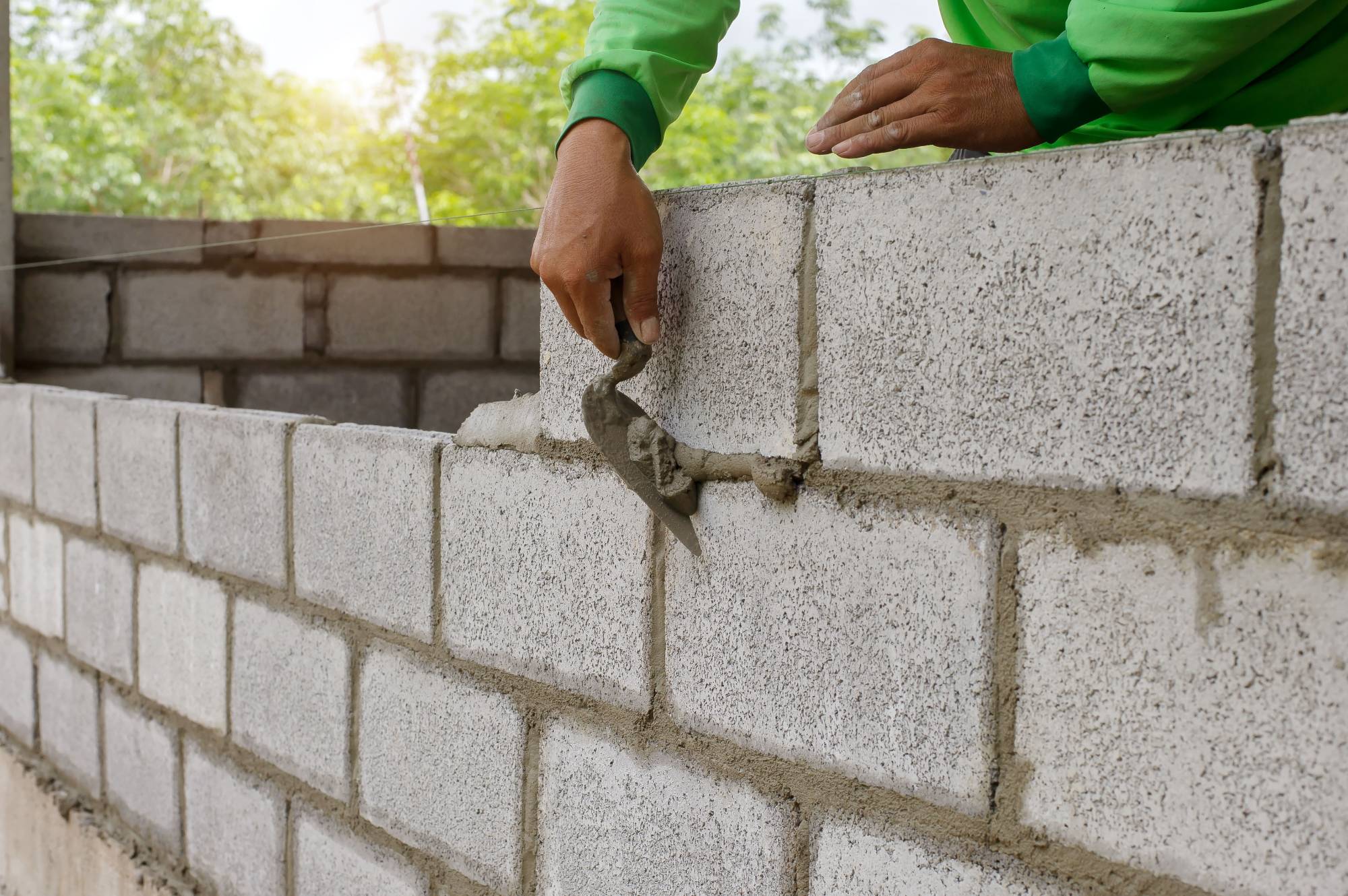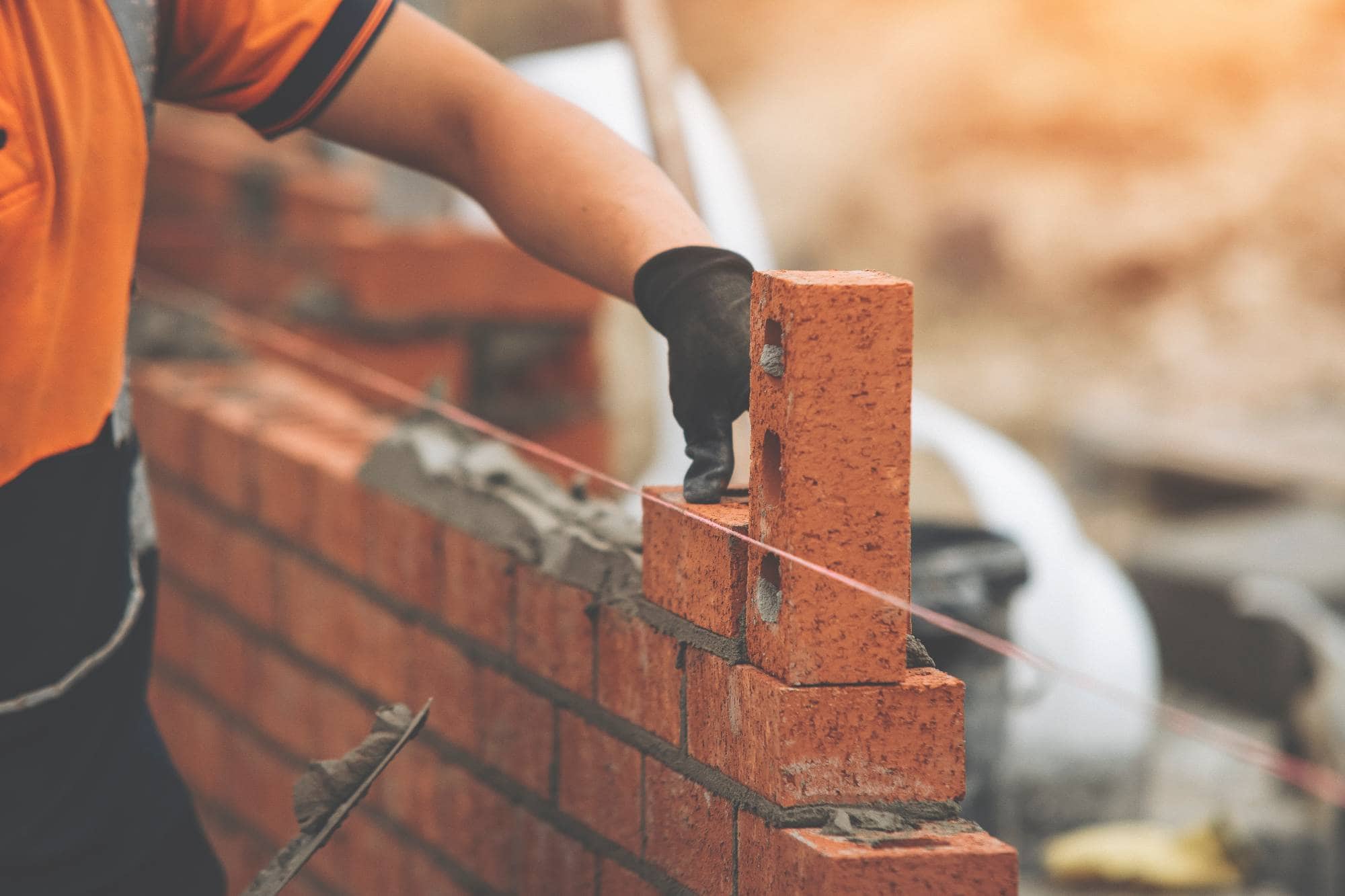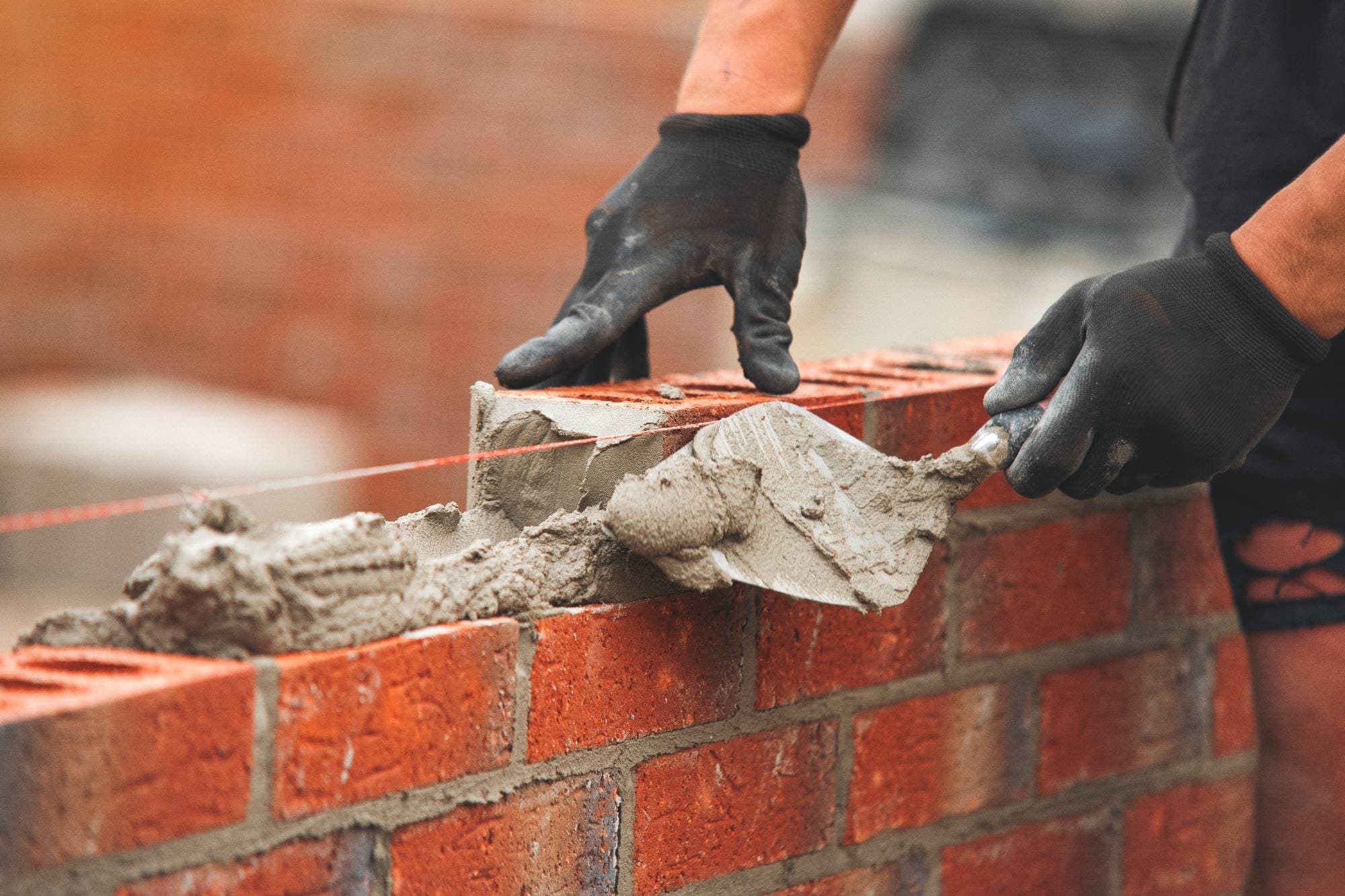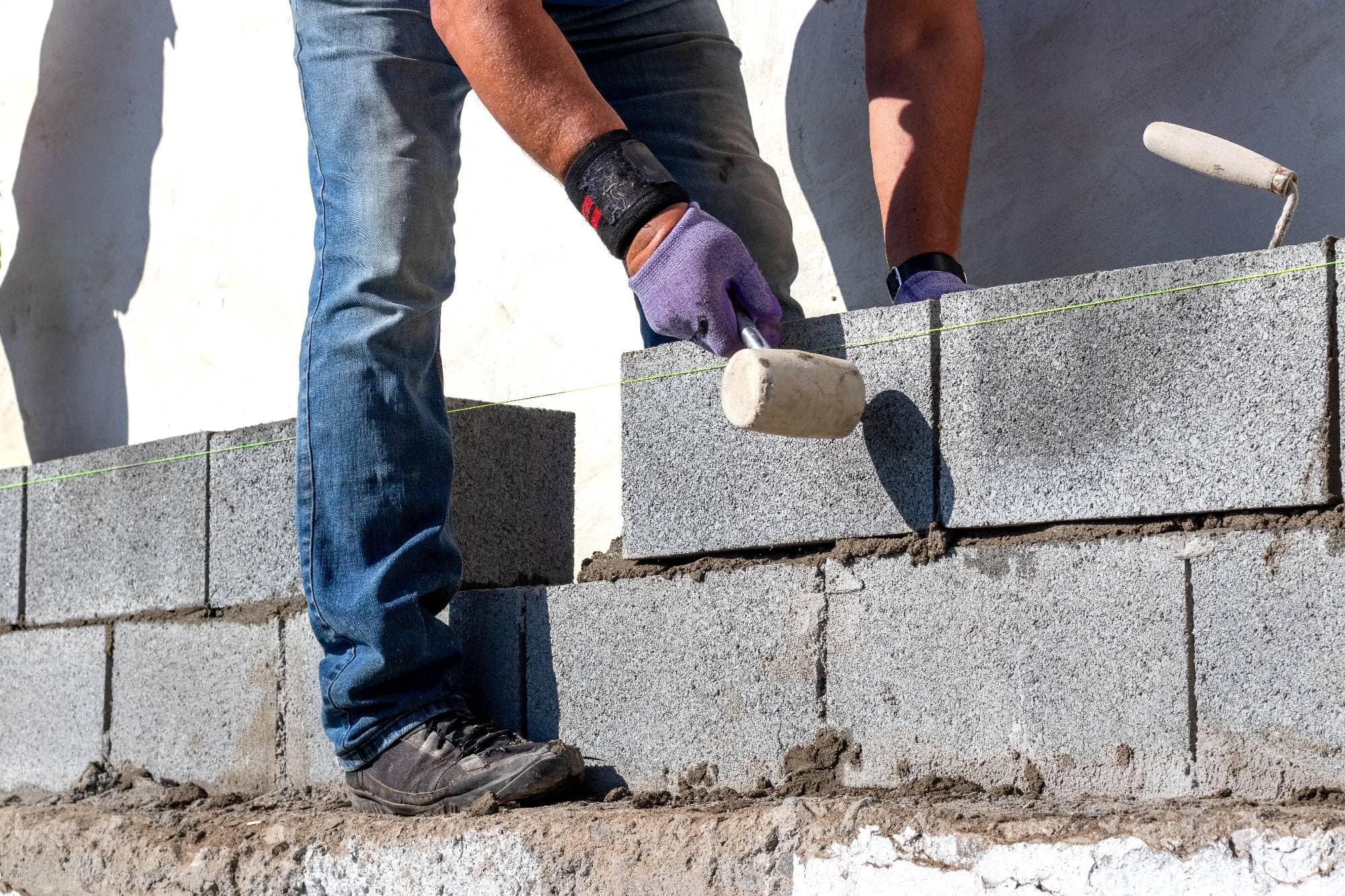When your chimney, fireplace, or stonework needs real expertise, not quick fixes that fail next winter.

Hear from Our Customers

Your masonry stops being a problem. No more water seeping through cracked mortar joints during those brutal Providence County freeze-thaw cycles. No more loose bricks threatening to fall. No more wondering if your chimney will make it through another New England winter.
You get structural work that matches your home’s character while actually protecting it. Mortar that stays put. Bricks that don’t spall. Flashing that keeps water where it belongs—outside.
Most importantly, you get peace of mind knowing the work was done by someone who understands both historic masonry techniques and modern building science.
Above and Beyond Chimney has been handling masonry work throughout Providence County for years, and we’ve seen what works in College Hill’s historic homes—and what doesn’t.
We understand that your 1920s Colonial needs different approaches than new construction. The mortar mix matters. The brick selection matters. Getting the details right the first time matters, especially when you’re dealing with structures that have weathered decades of New England storms.
College Hill homeowners trust us because we don’t cut corners, we don’t oversell, and we show up when we say we will. Simple as that.

First, we come out and actually look at what’s going on. Not just the obvious damage, but what’s causing it. Water infiltration patterns. Mortar condition. Structural issues that might not be visible from the ground.
Then we explain what needs to be done and why. No technical jargon, no scare tactics. Just straight talk about what’s wrong and how we’ll fix it.
The repair work itself depends on what we find, but it always starts with addressing the root cause. We remove damaged materials, prep the area properly, and rebuild using techniques and materials appropriate for your specific structure. Whether that’s repointing mortar joints, replacing spalled bricks, or rebuilding entire sections of chimney.
We clean up completely when we’re done. Your property should look better than when we arrived, not like a construction zone.

Ready to get started?
Complete chimney masonry restoration—from foundation to crown. Fireplace repair and rebuilding. Custom chimney cap fabrication and installation. Mortar repointing using historically appropriate materials and techniques.
We also handle the structural masonry work that many contractors avoid. Foundation repairs. Retaining wall construction. Stone and brick walkways that won’t heave or crack with frost.
In College Hill specifically, we work with a lot of historic properties where matching existing materials and maintaining architectural integrity matters. We source appropriate bricks, mix mortars to match original compositions, and use traditional techniques when that’s what the structure requires.
Every project includes proper cleanup and a clear explanation of any maintenance you should know about going forward.
